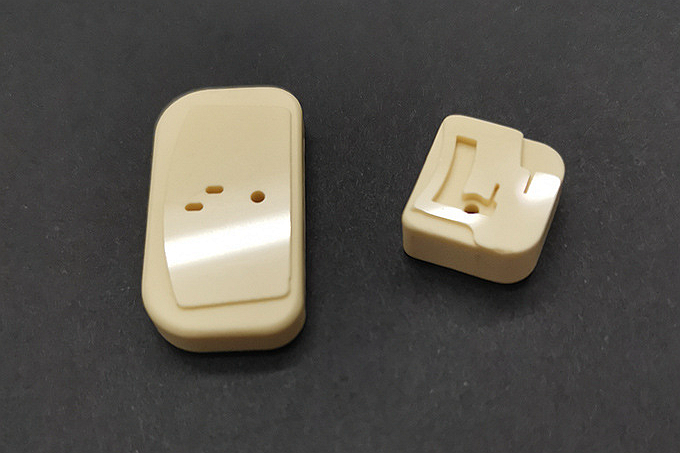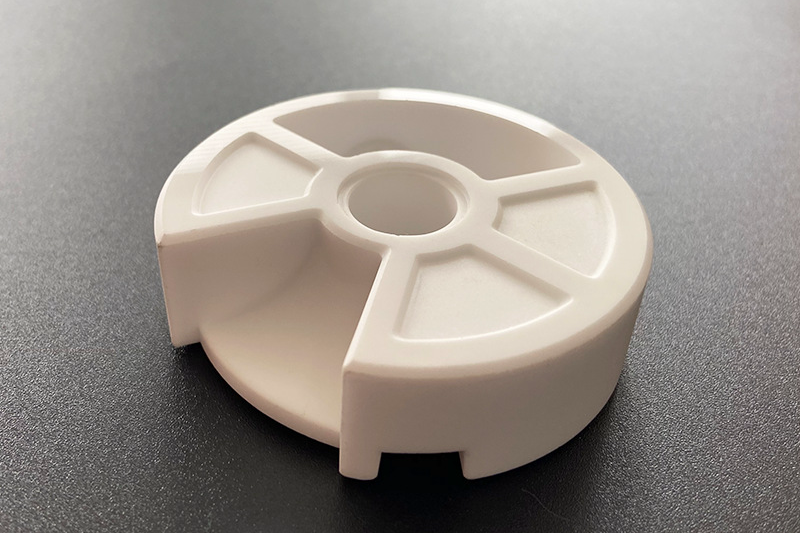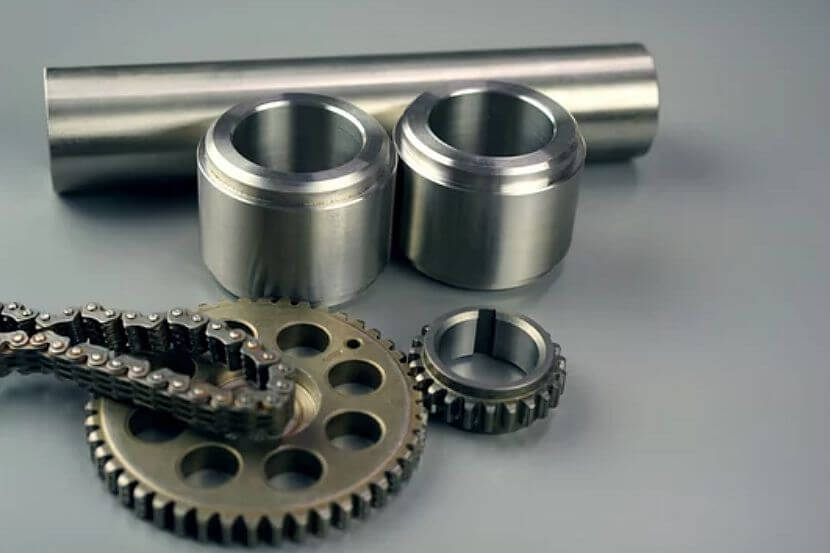What weather-resistant traits must outdoor optical parts have, and how to achieve them?
Outdoor optical components used in telecommunication, lighting systems, and consumer electronics must retain clarity, structural integrity, and optical accuracy despite long-term exposure to UV radiation, moisture, dust, temperature cycling, and chemical pollutants. To achieve these traits, Neway combines material selection, precision manufacturing, surface optimization, and protective coatings—tailored to both performance and manufacturability.
Key Weather-Resistant Properties
The critical requirements are UV resistance, impact strength, moisture resistance, anti-yellowing, and long-term dimensional stability. For optical-grade polymers, materials such as polycarbonate and PMMA are widely used via plastic injection molding but require precise control of drying and melt temperature to minimize internal stress. In extreme outdoor or high-power LED environments, ceramic optics manufactured by ceramic injection molding using alumina or silicon nitride provide superior UV stability and aging resistance.
Manufacturing Processes to Enhance Durability
Achieving consistent weather resistance begins with well-controlled manufacturing. Precision mold design, temperature management, and high-quality tooling are vital to avoid internal stresses that accelerate degradation. For prototype and validation phases, CNC machining prototyping and 3D printing prototyping enable early testing of UV exposure, thermal behavior, and water resistance. Once validated, full-scale tools in injection molding or CIM processes can replicate stable geometry for consistent part quality.
Surface Treatments for Weather Protection
Surface finish directly influences UV resistance, ease of cleaning, and resistance to abrasion. Optics require sub-micron smoothness, which may be achieved using polishing and controlled mold surface textures. To extend outdoor durability, anti-UV and anti-scratch coatings can be applied using PVD, painting, or Teflon coating, depending on optical transmission and environmental sealing requirements. Outdoor telecom or lighting housings may also incorporate anodizing on structural parts to prevent corrosion and enhance toughness.
Humidity, Dust, and UV Validation
Performance must be validated through accelerated aging tests. Environmental simulations include UV weathering, humidity chamber exposure, and salt-spray testing for coastal regions. Assemblies fabricated via sheet metal fabrication and injection molding are evaluated for sealing quality, dimensional stability, and clarity retention. Optical-grade ceramic parts manufactured with CIM typically exhibit minimal degradation in hazing or transmittance over time, compared to conventional plastics.
Integration with System Design
Weather resistance must work at system level. Optical elements are often mounted to heat sinks, sealed with gaskets, and mechanically fixed to housings. These elements may be produced via aluminum die casting or sheet metal fabrication, requiring stable interfaces. Design-for-assembly ensures that high-performance optics maintain seal integrity under temperature cycling and vibration.



